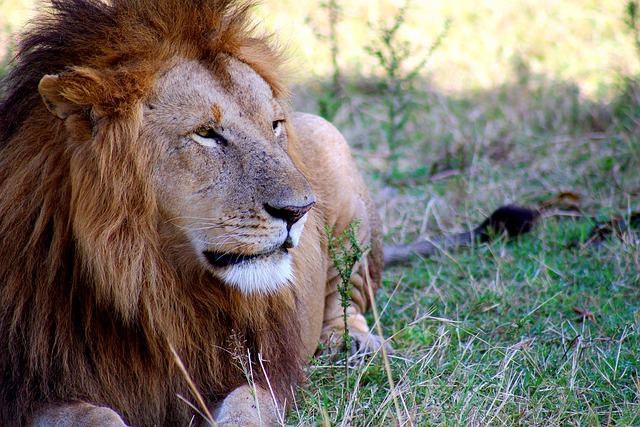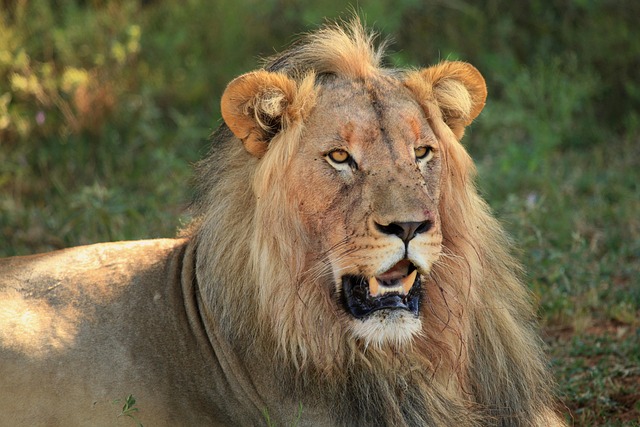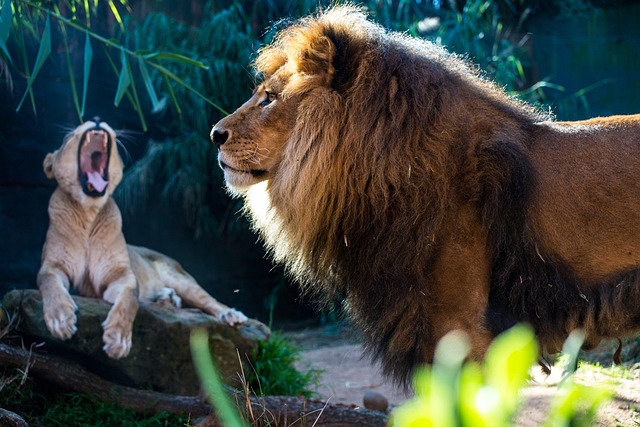Scientists have identified a previously unknown type of roar produced by African lions, suggesting that the species’ vocal communication is far more intricate than once assumed. The discovery, made by researchers at the University of Exeter, could significantly enhance wildlife monitoring and conservation strategies. The team documented an “intermediary roar” that sits between the lion’s well-known full-throated roar and other vocal sounds. For the first time, artificial intelligence has enabled scientists to distinguish reliably between these two types of calls.
++ The peregrine falcon: nature’s fastest killer in the sky
“Lion roars are not only iconic, they act as unique acoustic signatures that help estimate population sizes and monitor individual animals,” said Jonathan Growcott, a University of Exeter biologist specialising in technological approaches to large carnivore conservation.
“Until now, identifying roar types relied greatly on expert interpretation, which inevitably introduces human bias,” explained Dr Growcott, one of the authors of the study published in Ecology and Evolution.
African lions are currently listed as vulnerable on the International Union for Conservation of Nature’s Red List. Between 20,000 and 25,000 wild lions remain across Africa, with populations having fallen by half over the past quarter-century.
According to Dr Growcott, the team’s AI-driven method offers a more accurate and objective way to track dwindling lion numbers. The study shows that a typical roar sequence includes both the traditional full-throated roar and the newly identified intermediary version, overturning the long-standing belief that lions produce only one primary roaring sound.
++ Power and finesse: the monkey that bites like a jaguar
The finding adds to growing evidence of rich vocal repertoires in other large carnivores, such as spotted hyenas, underscoring the expanding role of AI in the field of animal acoustics. Researchers say that using artificial intelligence to detect and classify lion calls could be a more accessible and reliable alternative to conventional methods like camera traps or spoor analysis.
“We believe wildlife monitoring is due for a paradigm shift, one that embraces passive acoustic techniques on a far wider scale,” Dr Growcott said. “As bioacoustic tools advance, they will become essential for protecting lions and other threatened species.”





